Sourdough bread is one of the oldest forms of bread known. It’s so old that it is impossible to tell just how old it is! The oldest loaf found dates back to 3700 B.C. and was excavated in Switzerland. Now that is an old loaf of bread.
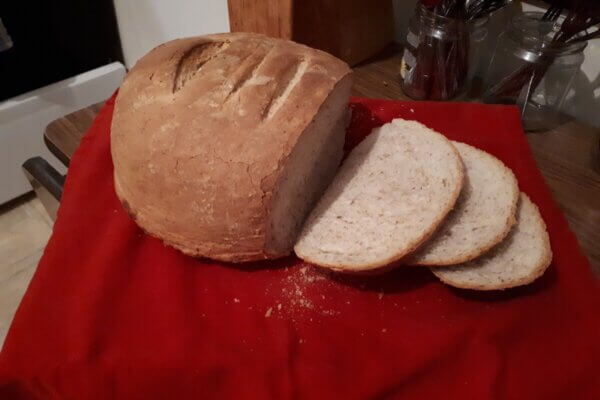
But what makes sourdough bread so different from others is that it’s the only bread that requires fermentation before baking. Sourdough resists mold naturally due to the bacteria that converts the linoleic acid in bread flour to a compound that has powerful antifungal activity.
But that’s not all! This bread helps to maintain glucose levels in the body making it ideal for diabetics. It also contains a lot of goodness in terms of nutrients: B1 through 6, folate, thiamin, and niacin, just to name a few.
These are all wonderful reasons to eat this bread, but the reason I eat it is for the distinct tangy flavor!
Did you know that there are wild yeasts that are floating around in the air? This is how our ancestors made leavened bread prior to the development of commercial yeast.
Wild yeast can be harnessed to leaven your bread by leaving uncooked dough exposed to the air for a bit before baking. Airborne yeasts will settle into the mixture and eat the natural sugars in the bread. This is what gives the sourdough bread its signature tangy flavor.
Every sourdough recipe begins with a great starter. What is a starter you ask? Read on to find out and how you can make your own!
Sourdough Starter Recipe
Before you can make a beautiful sourdough bread you need to make a sourdough starter. You can use milk or water to start as well as wild yeast or commercial yeast. Commercial yeast is more predictable, but wild yeast will work as well.
Tools Needed
- wide-mouth mason jar
- cheesecloth
- rubber band
Ingredients
- 1 cup water
- 1 cup flour
- 1 tablespoon commercial yeast or wild yeast
Directions
- Blend all of the ingredients together in a wide-mouthed jar and cover with cheesecloth.
- Secure the jar with a rubber band so that nothing contaminates the starter. Do not add a tight-fitting lid to your container as this mixture is fermenting and it could cause the container to erupt.
- Place your starter in a warm spot to encourage the yeast to grow. Near a stove or on top of the fridge are great places, but anywhere that is warm will work.
- The natural yeast found in the flour and in the air or the commercial yeast will start bubbling anywhere from 2-5 days depending on the warmth of your kitchen.

Any extra sourdough starter can be put into the fridge until you are ready to use it. Just take it out the night before, replenish it with equal amounts of flour and water, and let it sit overnight. Then, pour off the amount needed for the recipe and put back into the fridge with a lid.
Once you have enough starter and it is nice and bubbly it is time to get baking!
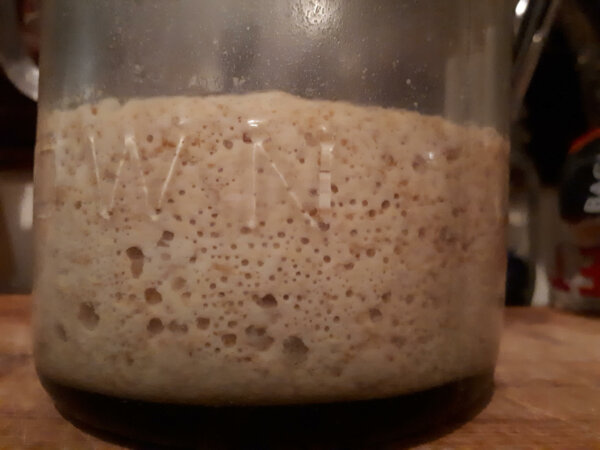
You can make all sorts of things with your sourdough starter. Pancakes, waffles, biscuits, cakes, muffins and of course, bread.
This is my favorite French bread recipe adapted from a World Of Breads by Dolores Casella. It’s simple to make and quite delicious.
Sourdough French Bread Recipe
Ingredients
- 1 cup hot water
- 3 tablespoons sugar
- 2 tablespoons butter
- 2 ¼ tablespoons yeast
- 1 ½ cups of starter
- 4 cups of flour
- 2 teaspoons salt
Directions
- In a cup, melt the butter in the hot water.
- Add and dissolve the sugar.
- Let cool until lukewarm.
- Add the starter and the yeast.
- Blend in 2 cups of flour so that you have a sticky, well-combined mixture.
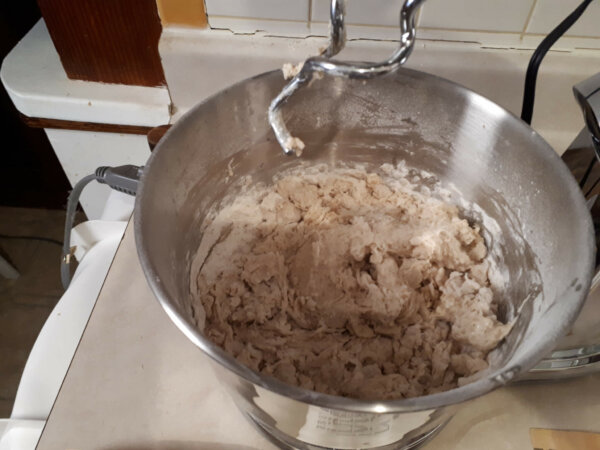
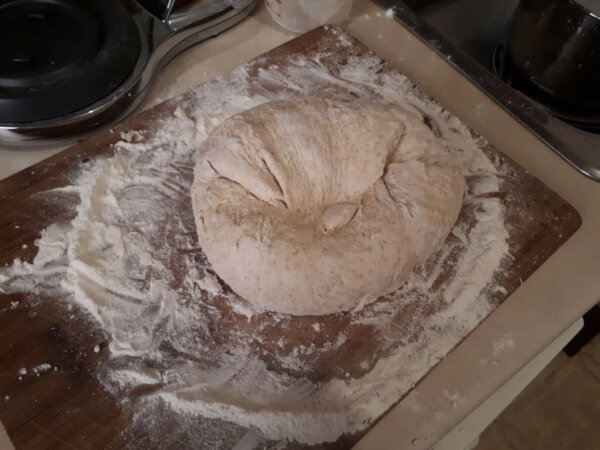
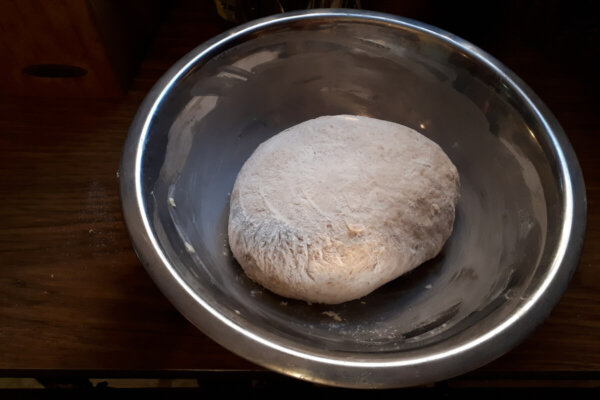
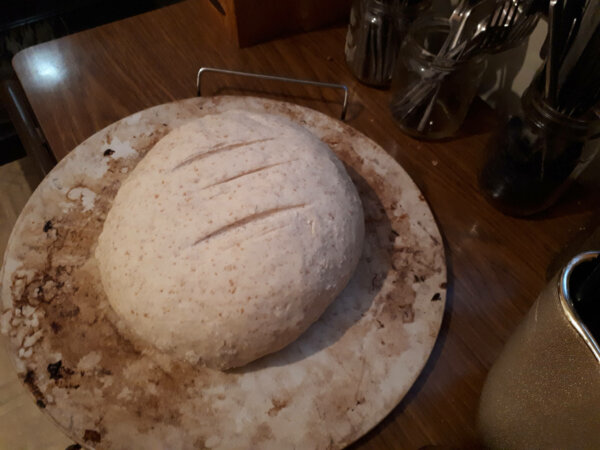
Sourdough bread is nutritious and contains higher levels of folate and antioxidants than other bread. It is lower in phytate; this allows your body to absorb the nutrients more easily.
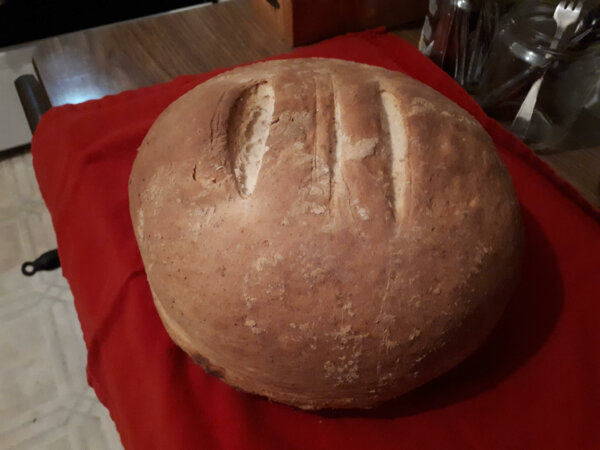
It also contains lower amounts of gluten, and because it is fermented, it contains probiotic and prebiotic properties that make this bread not only easier to digest, but studies have shown that it may better control blood sugar levels and improve insulin sensitivity.
Related Post: Make Your Own Delicious Sourdough English Muffins


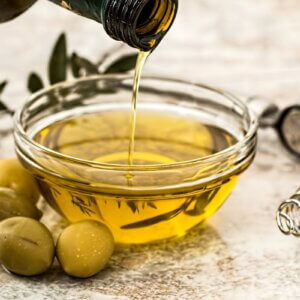
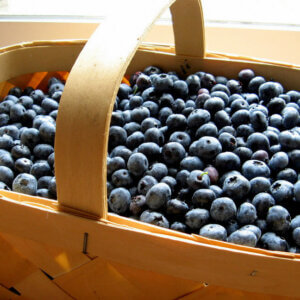






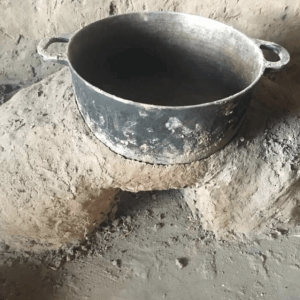
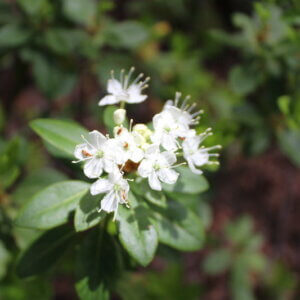

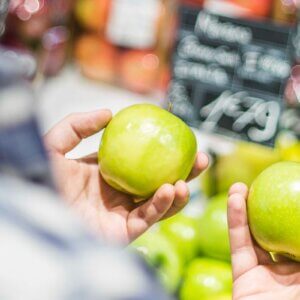
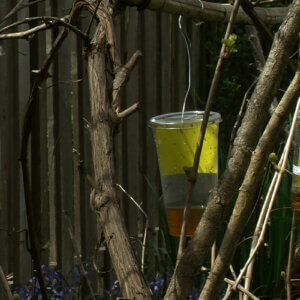






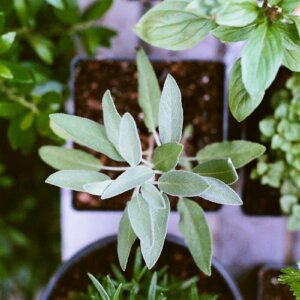

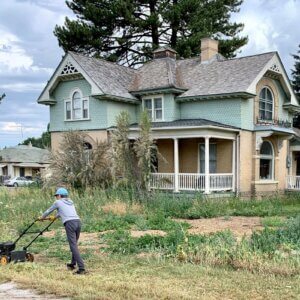
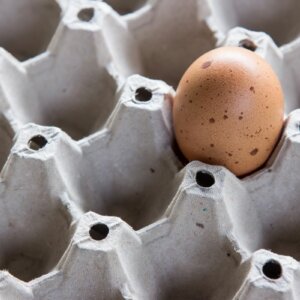



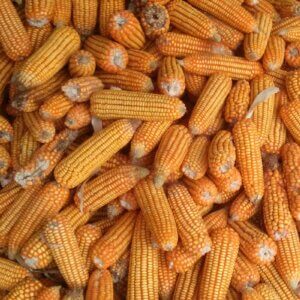



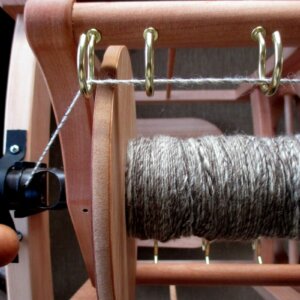
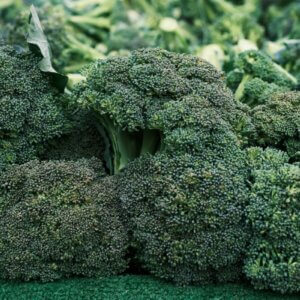





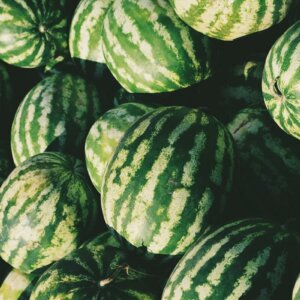


I just read this article with the recipes. I want to try them.
The bread recipe lists yeast and salt, though doesn’t mention when to add them…..
Maybe someone will revise???
Hi Rhonda!
Thank you for mentioning that to us! I reached out to our writer and went ahead and updated it.
-Leigha